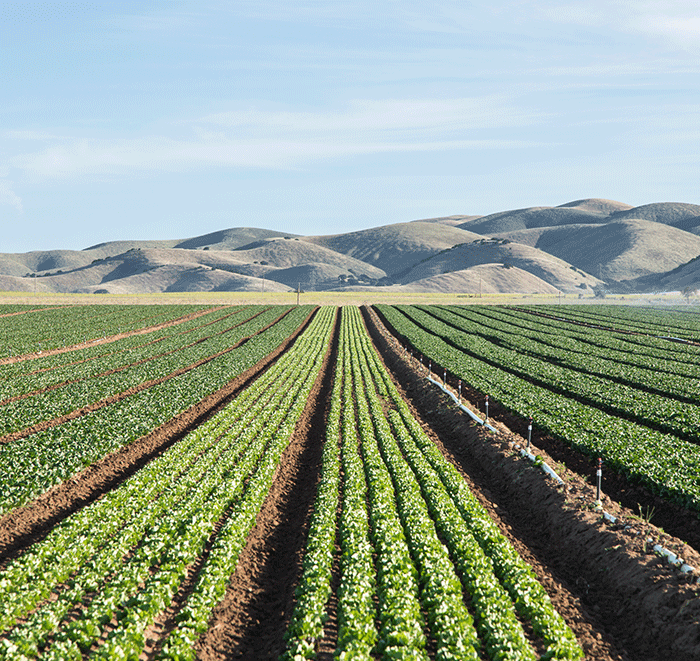Tackle Weeds with a Proactive Approach
In West Texas, herbicide resistance has been top of mind since 2014 when glyphosate-resistant Palmer amaranth was identified. Since then, growers and agronomists have had to navigate more challenging weed pressure, drought conditions and weed resistance to other...Seed-Placed Fertilizer & Seed Size Performance
Agronomists are always looking for ways to help growers place plant nutrients beneath the soil surface for maximum agronomic effectiveness. Applying fertilizer directly with the seed is one option, but there is a limit to how much fertilizer can be placed there. There...Combatting Winter Weeds
Winter annual weeds have been actively growing throughout this mild winter. Mustards, Henbit, Downy Brome and Marestail are all lying in wait. Albeit slowly, they are growing and waiting for consistently warmer weather to “bolt” out of the rosette stage of life. If...Protect Your Nitrogen Investment With TILL-IT FLUID CARBON
The Nitrogen Cycle in soils is a very leaky system, meaning nitrogen can be lost to the environment by several mechanisms, and losses can be significant (up to 40+%). These losses reduce Nitrogen Uptake Efficiency (NUE) and return on fertilizer investment, which is of...Foliar Nutrition, Why?
A good crop fertility always starts from the ground up simply because the majority of nutrients crops require to produce economically viable crops are derived from the soil. Thus, plants roots are the primary organs responsible for nutrient uptake. But science has clearly shown that above ground plant parts can be very receptive and efficient at absorbing foliar applied nutrients. In fact, foliar nutrition can be a fantastic supplement to a sound soil applied fertility program.
Foliar nutrition applications should always be based on sound agronomic principle and with a specific goal or objective in mind. As such, foliar nutrition can be a very useful tool for supplementing soil fertility programs especially when soil or weather conditions are hostile to nutrient availability or uptake.


